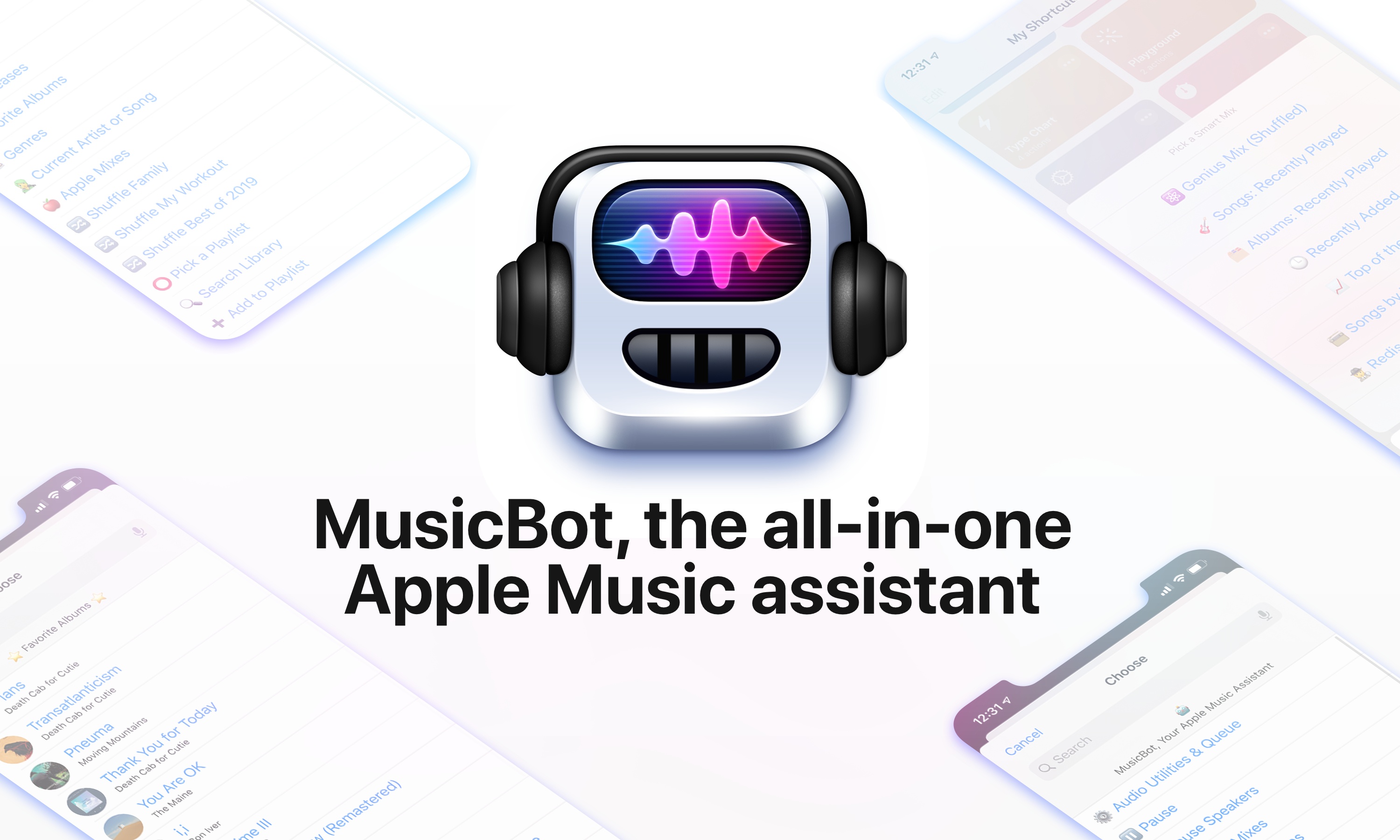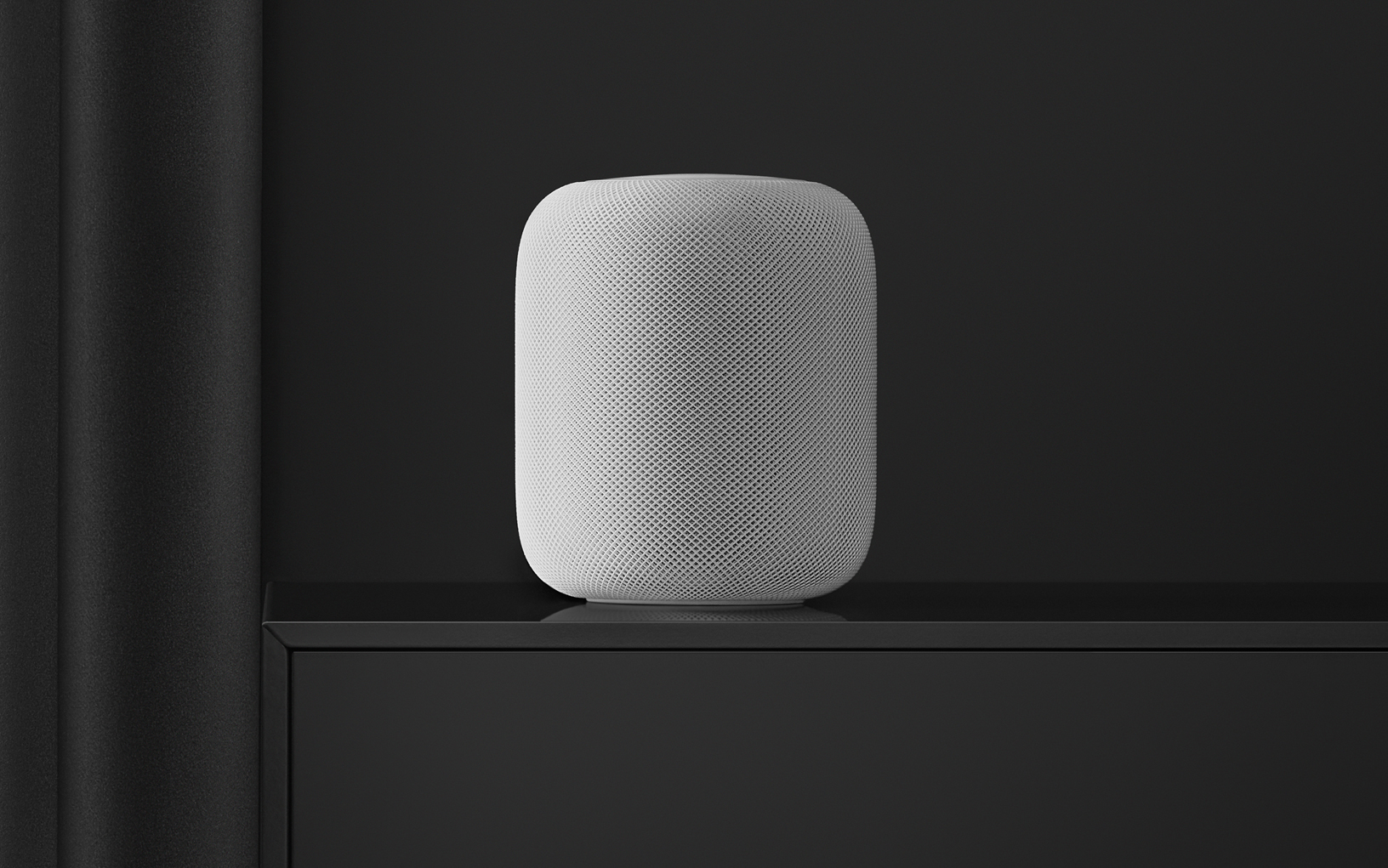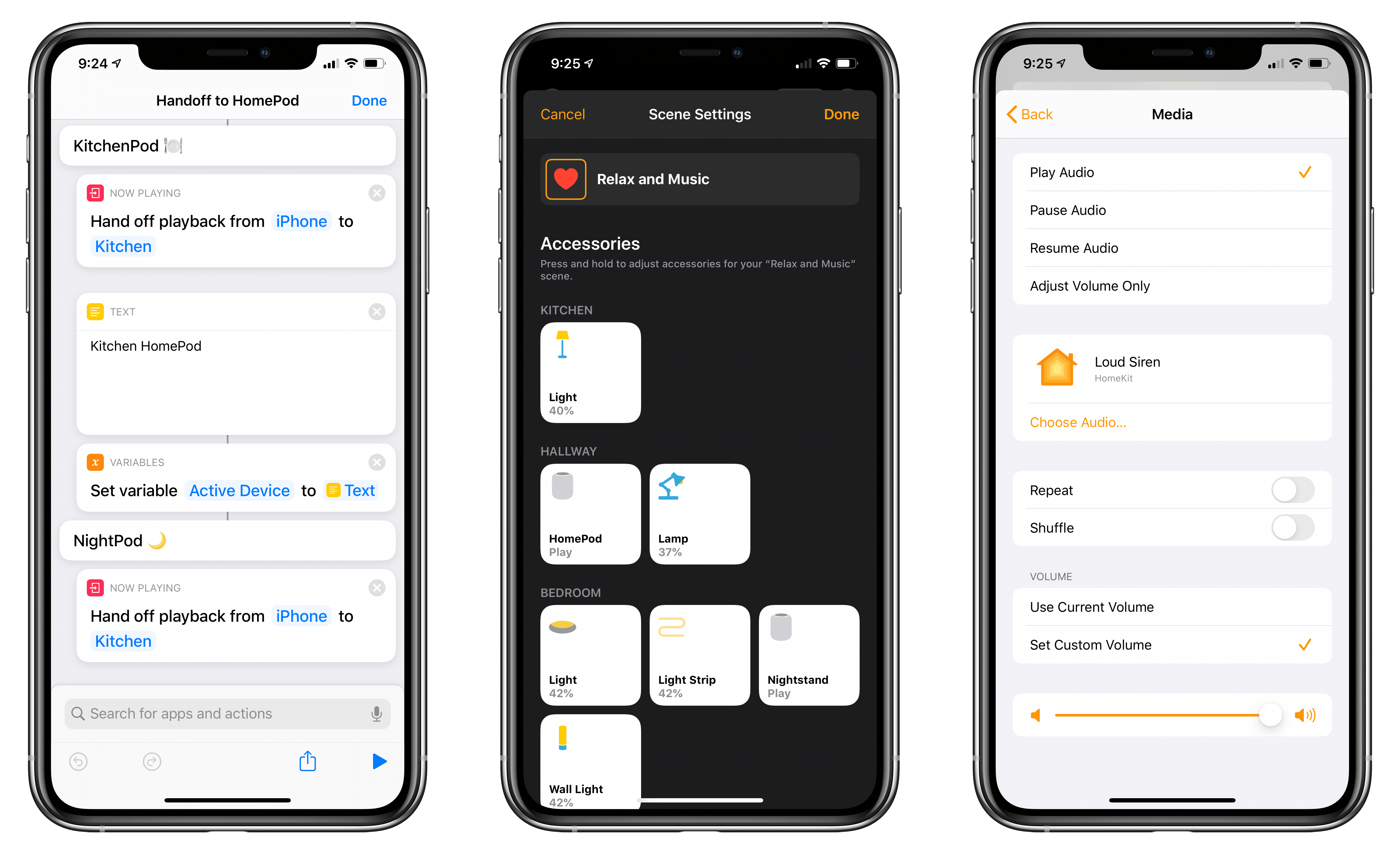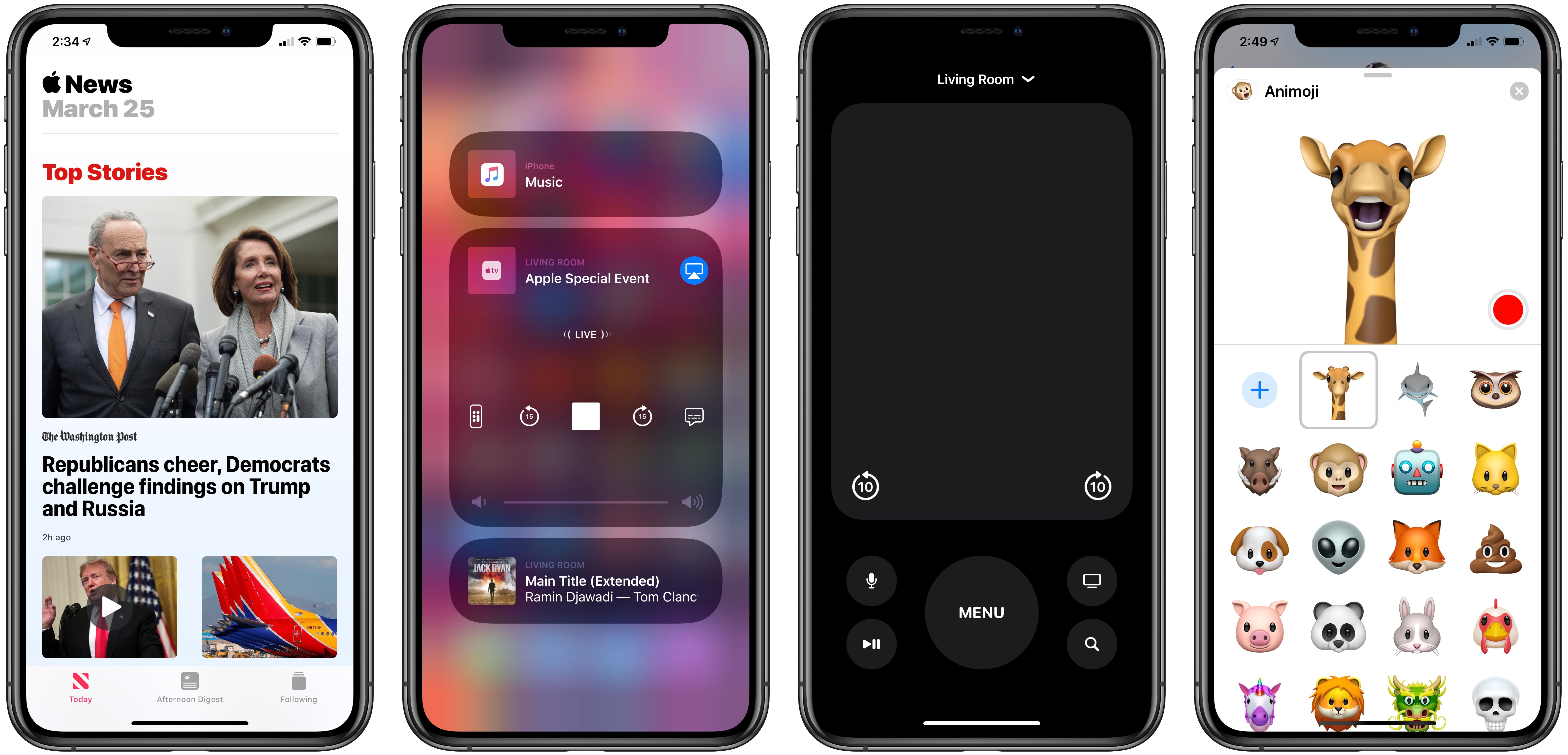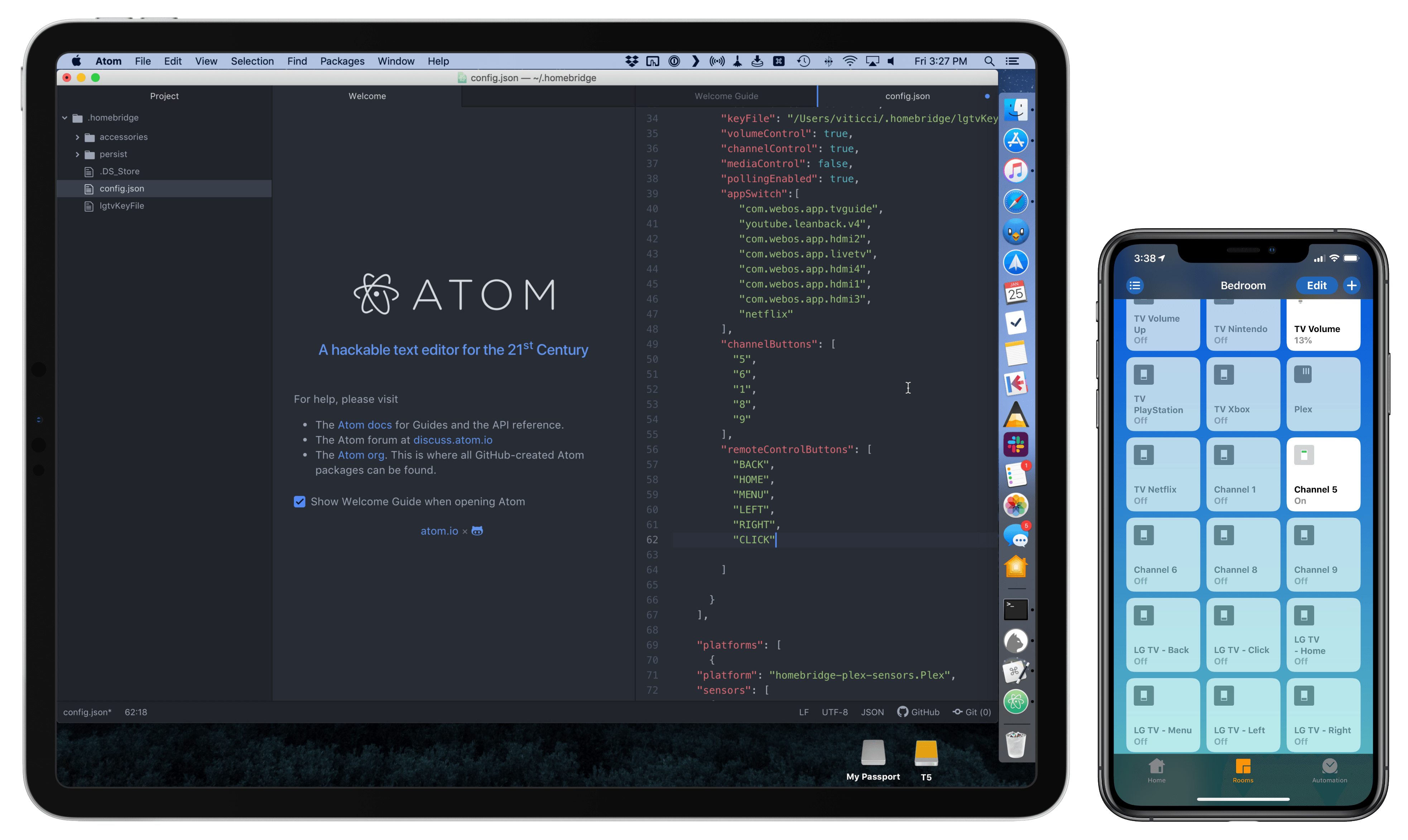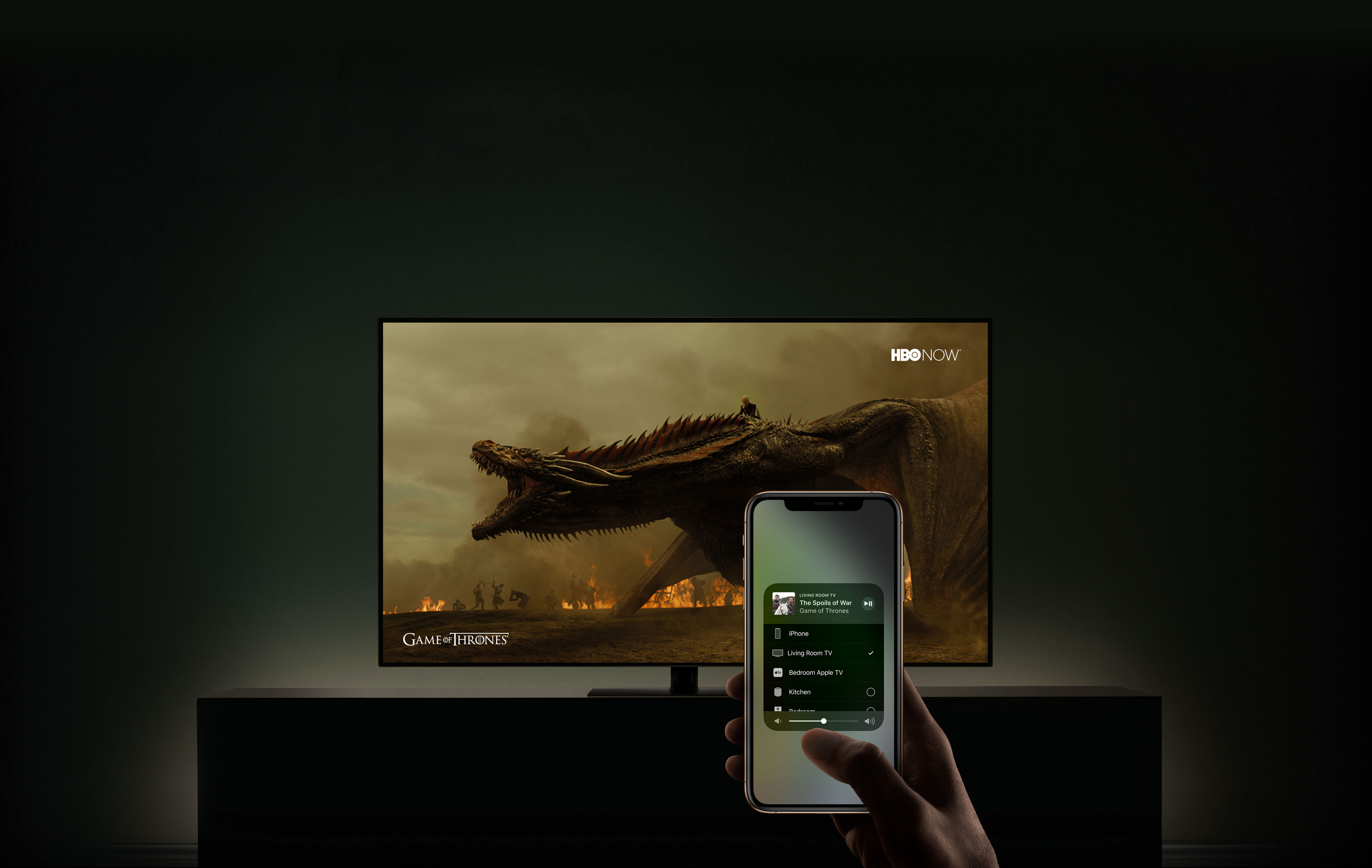Sonos has officially announced the Sonos Roam, a battery-powered, portable speaker that supports AirPlay 2 and several other interesting features. The speaker, which comes in white and black, doesn’t ship until April 20th, but you can preorder it now.
It remains to be seen how the Roam sounds, but the specs are interesting. The $169 speaker is a small, portable speaker at 6.61 x 2.44 x 2.36 inches and weighs in at just under one pound. The Roam is also designed for outdoor listening with its IP67 water resistance rating and can be paired with a second Roam speaker for stereo sound when connected over WiFi.
Sonos is claiming 10 hours of playback on one charge and 10 days of standby time. The speaker can be charged wirelessly with an optional Qi charging accessory or any other Qi charger that is large enough to accommodate it. The speaker can also be charged using a USB-C cable.
The Roam supports both WiFi and Bluetooth, switching automatically between the two depending on the type of connection available. Using a technique similar to Apple’s original HomePod, the Roam uses Sonos’ Trueplay technology to adjust audio output depending on the acoustics of its surroundings. The speaker also supports AirPlay 2 and Sonos’ Sound Swap, a feature that uses inaudible, high-frequency sound to pass the music off to another nearby Sonos speaker. The Roam also works with Amazon Alexa and Google Assistant, as well as Siri if you’re using AirPlay 2.
I’ve used Libratone’s Zipp 2 portable speaker in the past, which also supports AirPlay 2, and I loved using it outdoors last summer. If Sonos can deliver the quality of sound that it’s known for at a reasonable volume, the Roam could play a similar role in a smaller package than the Zipp.



